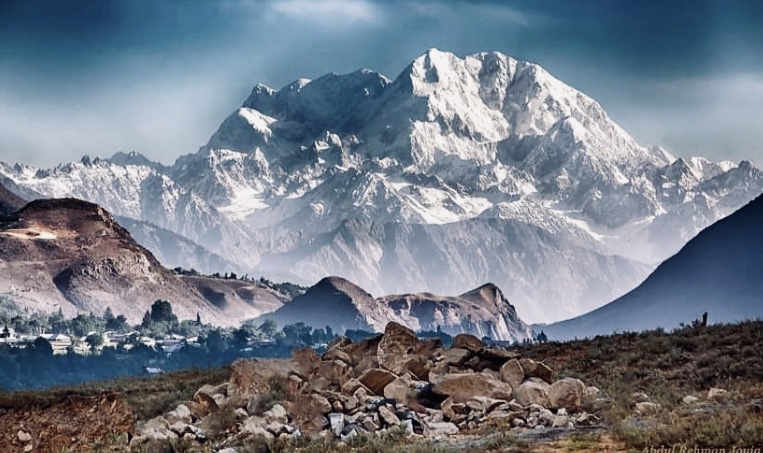Why are Hindu Kush Mountains So Prominent?
Unraveling the Enigma: Why Are Hindu Kush Mountains So Prominent
Nestled in the heart of Central Asia, the Hindu Kush Mountains form an imposing barrier that has fascinated explorers, trekkers, and geologists for centuries. Stretching across Afghanistan, Pakistan, and Tajikistan, this formidable mountain range is not only a breathtaking natural wonder. Also a prominent geographical and cultural feature. In this blog post, we will delve into the various factors that make the Hindu Kush Mountains. It’s prominent, from their geology and geography to their influence on climate, culture, and more.
The Geographical Splendor of the Hindu Kush Mountains
The Hindu Kush Mountains are a part of the larger Himalayan mountain system, often referred to as the “Western Himalayas.” This system is known for its vast expanse, towering peaks, and complex geology, making it one of the most prominent mountain ranges in the world.
Geological Origins
The prominence of the Hindu Kush Mountains can be attributed to their fascinating geological history. These mountains were formed millions of years ago as a result of the tectonic collision between the Indian and Eurasian plates. The ongoing convergence of these plates continues to shape the range today, resulting in seismic activity and the impressive elevation of the peaks.
Impressive Peaks and High Passes
One of the key features that make the Hindu Kush prominent is its remarkable peaks and high passes. The region is home to numerous peaks over 7,000 meters, including the iconic Tirich Mir, which stands at 7,708 meters. The towering heights of these peaks have captivated mountaineers and adventurers from around the world, adding to the range’s global renown.
Moreover, the Hindu Kush Mountains are dotted with high passes that have played a crucial role in shaping trade routes and cultural exchange throughout history. These passes have made the region an essential crossroads, influencing both the culture and economy of the surrounding areas.
Climate Influence
The Hindu Kush Mountains significantly influence the climate of the regions they traverse. The mountains act as a barrier to the moist monsoon winds from the Indian Ocean, causing the northern slopes to be arid, while the southern slopes receive more rainfall. This stark climatic contrast has a profound impact on the ecosystems, vegetation, and even the settlements in the region.
Glacial Reservoirs
The Hindu Kush Mountains are also home to numerous glaciers, acting as natural reservoirs for freshwater. These glaciers play a vital role in sustaining the flow of major rivers such as the Indus. Which is a lifeline for agriculture in Pakistan. The prominence of the Hindu Kush in this context cannot be overstated. As it directly affects the livelihoods of millions of people downstream.
Cultural Significance
Beyond their geological and geographical prominence, the Hindu Kush Mountains hold deep cultural significance for the people of the region. The rugged terrain and harsh climate have shaped the traditions and lifestyles of the communities living in these high-altitude areas.
Historical Trade Routes
The Hindu Kush has historically served as a crossroads for various trade routes, including the famous Silk Road. This intersection of cultures and trade has left an indelible mark on the region, influencing everything from cuisine to art and architecture.
Nomadic Traditions
Many indigenous communities in the Hindu Kush Mountains. As the Kalasha people of Chitral, have preserved their unique traditions and lifestyles for centuries. The nomadic herding practices and distinctive festivals of these communities showcase the cultural diversity and resilience that thrives in this challenging terrain.
Tourism and Adventure
In recent years, the Hindu Kush Mountains have gained prominence as a trekking and adventure tourism destination. Trekkers and climbers swarm to the area to see its untamed beauty and take on its intimidating peaks. This influx of tourists has not only contributed to the local economy but also increased global awareness of the Hindu Kush as a premier adventure destination.
Conclusion
The Hindu Kush Mountains’ prominence is a multifaceted phenomenon that encompasses geological, geographical, climatic, cultural, and economic dimensions. These mountains have captivated the imagination of people throughout history, shaping the region’s culture, traditions, and way of life. As we continue to explore and appreciate the diverse aspects of the Hindu Kush Mountains, their prominence on the global stage remains undeniable.





